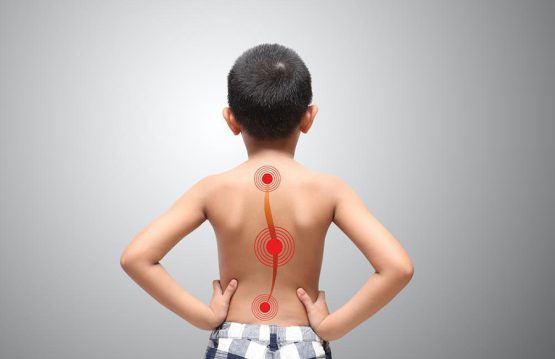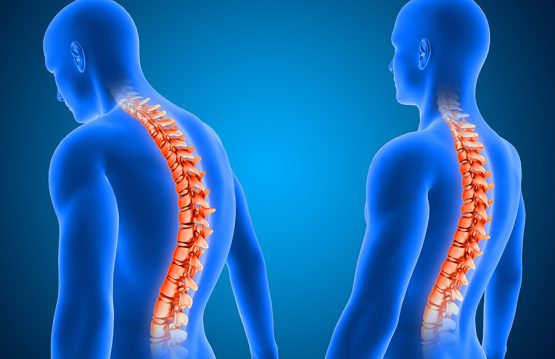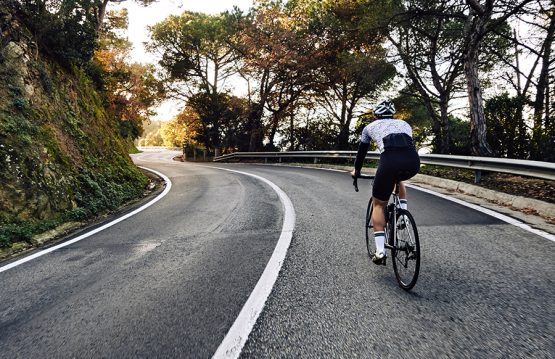One of the ways you can prevent these pains or alleviate and reduce these pains is to practice back exercises that help you strengthen your back muscles. Avoid going to a specialist and start training today! In the following, we present the list of the most effective back exercises that represent a combination of muscle strengthening and stretching exercises.
Today, both the younger and older generations have back pain. The causes can be the following:
- Shortened muscles
- Weak muscles in the central part of the body
- Stiff back due to sedentary work
- The sciatic nerve
- Back pain due to wearing heavy things, bags, bags, on one shoulder
- Osteoporosis
- Obesity
- Weight gain during pregnancy
CONTENT:
- Bird dog pose
- Basin exercises
- Bringing the knee to the chest
- Plank
- Lateral plank
- Bending in the back
- Swimmer
- Reverse Plank
- Sphinx
- Rotating the lower body
Bird dog pose
- Sit on your knees, place your palms on the floor
- Stretch your right arm forward and at the same time stretch your left leg
- Keep your back straight and your hips parallel to the ground
- Stay in this position for 30 seconds and then return to the starting position
- Repeat the exercise, but this time with your left arm and right leg outstretched
An alternative to this exercise is to raise your right arm and leg at the same time.
Basin exercises
- Sit on the floor in a supine position with your hands outstretched next to your body
- Bend your knees and keep your feet on the floor
- Tighten your buttocks and abdominal muscles and lift your pelvis approx. 15 cm above the ground
- Your body will form a straight line from your shoulders to your knees
- Wait for a few seconds, then slowly let the pelvis down on the mattress
Repeat 30 times.
Bringing the knee to the chest
- Sit on the floor in a supine position with your hands outstretched next to your body and bend your knees
- Raise your right leg and grasp the pulp of your foot with both hands
- Pull your knee toward your chest and your right foot toward your torso
- Tighten your buttocks and lift your pelvis up
- Stay in this position for a few seconds and return to the starting position
Repeat the exercise 20 times with each leg.
Plank
- Sit in the plank position
- Transfer the weight of the body to the tips of the legs and forearms / Keep your elbows under your shoulders and keep your head straight in the extension of the spine
- The body should be in a perfectly straight line from the shoulders to the heels
- Tighten your torso muscles and maintain this tension
- Hold this position for about 30 seconds, but at the same time focus on the correct technique.
Lateral plank
- Place your left hand with your left foot on the floor
- Stretch your legs, bring your feet together so that your body is in a perfectly straight line
- Tighten your torso muscles and try to stand up
- During this time, transfer the weight of the body to the left palm and the sole of the left foot
- Keep your right arm outstretched and your head facing up. Your body will look like the letter T
Hold this position for 30 seconds and change position.
Bending in the back
- Stand up and move the legs at the shoulders level
- Place your palms at your hips or at the nape of your neck
- Lift your left leg and take a step back
- Bend your knees 90 degrees and simulate the movement as you would like to kneel, but keep your left knee above the mattress. The right knee is positioned above the ankle.
During this exercise you should work your torso muscles, gluteal muscles, but also your legs. Change your legs. Repeat the exercise 20 times.
Swimmer
- Lie on your stomach
- Keep your arms and legs close to your body
- Raise your legs and arms simultaneously so that your body looks like a bow, then start simulating swimming and alternately raise your right hand with your left foot and your left hand with your right foot.
Repeat the exercise for 30 seconds.
Reverse Plank
- Sit on a mattress yoga mat
- Place your palms on your back and your feet on the mattress
- Lean on your hands, tense your muscles and lift your body. Your body will be in a straight line from head to toe
Stay in this position for 30 seconds.
Sphinx
- Sit on your stomach with your legs outstretched next to your body
- Keep your elbows bent in front of your body
- Keep your head up and your neck straight
- Tighten your back muscles and lift your upper body on your elbows
Stay in this position for 5-10 seconds, then slowly return to the starting position. Do 8-10 repetitions.
Rotating the lower body
- Lie on your back and put a folded towel under your head
- Stretch your hands to the side and with your knees bent over the mattress
- Keep your knees close and start moving your feet to the right
Be careful that your back and arms are always glued to the mattress. Do 8-10 repetitions on each side.











